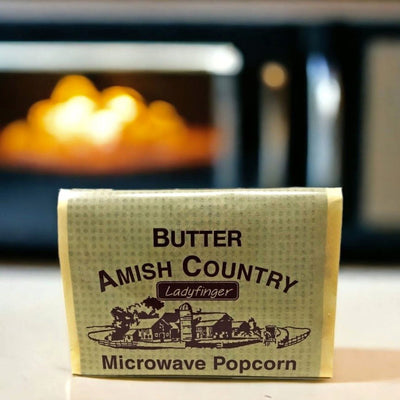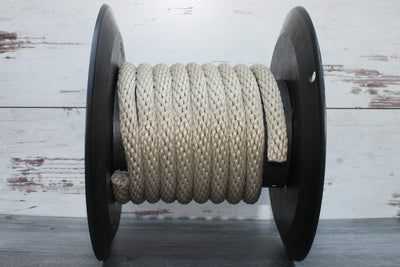Troyer's Birds' Paradise
Troyer's Birds' Paradise
My father, Andrew started helping Purple Martin Landlords and bluebird enthusiast way back in 1977 in Conneautville, PA. Since then, we have helped many thousands of landlords establish a martin colony and/or bluebird trail. Andrew's T-14 martin house has been in existence for over 30 years. We introduced the Troyer Horizontal Gourds in 2001, following in the footsteps of the popular Troyer Vertical Gourd in 2010.
Is your property suitable for a colony site?
The first question you should ask yourself is this, "Is your property suitable for a colony site?" Now, let's imagine I am going to take a walk with you out over your place and we find out. Here we go....
Martin colonies produce best 50-60 feet away from your own dwelling. Now we have this spot. Purple martins are like airplanes, they need landing strips.
Let's look north and see if it is open. Now to the east. Also, to the south and west. One of the four directions has to be your dwelling. So, if the other three directions are open, you have a terrific suitable site. If two directions are open, it is good. If only one direction is open, it is not good. But still, it does depend on if your open direction is facing a lake or a big open field. If so, you still have a good chance. Purple Martins work from an open field just as they work from a body of water.
Should your one open direction not connect to a lake or field, you better consider it as all four directions not being open. If so, your property does not qualify for a colony site.
But let's imagine your property has a suitable site. Where should you erect your first martin house? Think of it in this order:
- Your Dwelling
- From there, go out 50 to 60 feet
- Place your first pole right there
- From there, on out are your open fields or lakes.
Martins love houses in a cluster. This means whenever you want to expand your colony, you should place your poles 8 to 12 feet, center on center. We found that three houses in V-formation works great. This keeps them well-oriented. Otherwise, if the same housing is placed in a straight row, they will sometimes build nests in two different houses, because they can only count to one. For them, flying past two houses is the same as flying past one. Thus, when three houses are in a straight line, they sometimes build nests in the upper compartment of the second one and also in the upper compartment of the third one. Housing placed in a V-formation prevents this type of double nest building.
Tip: Attach a compass to your binocular strap. You will always have it when you need it!























Leave a comment